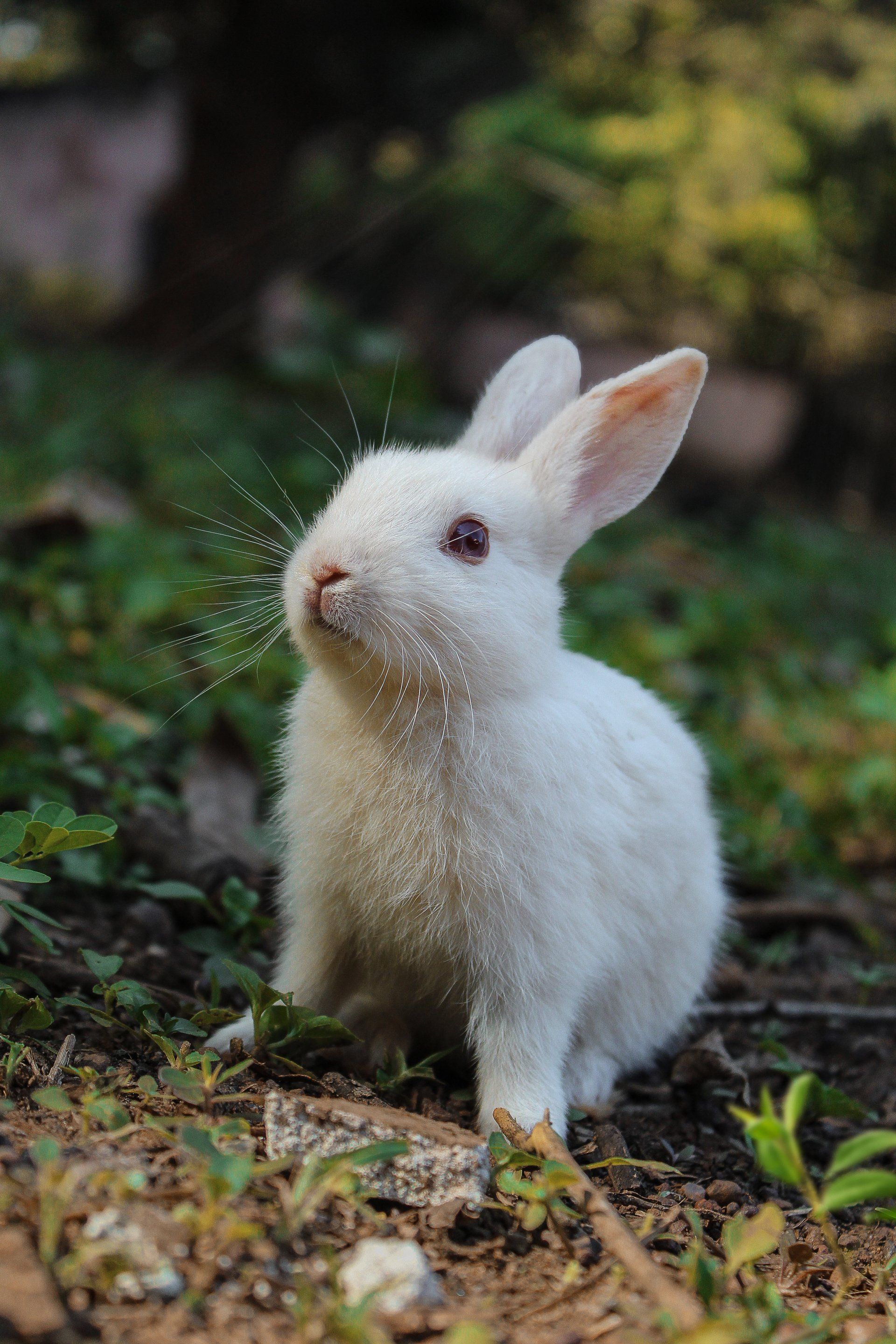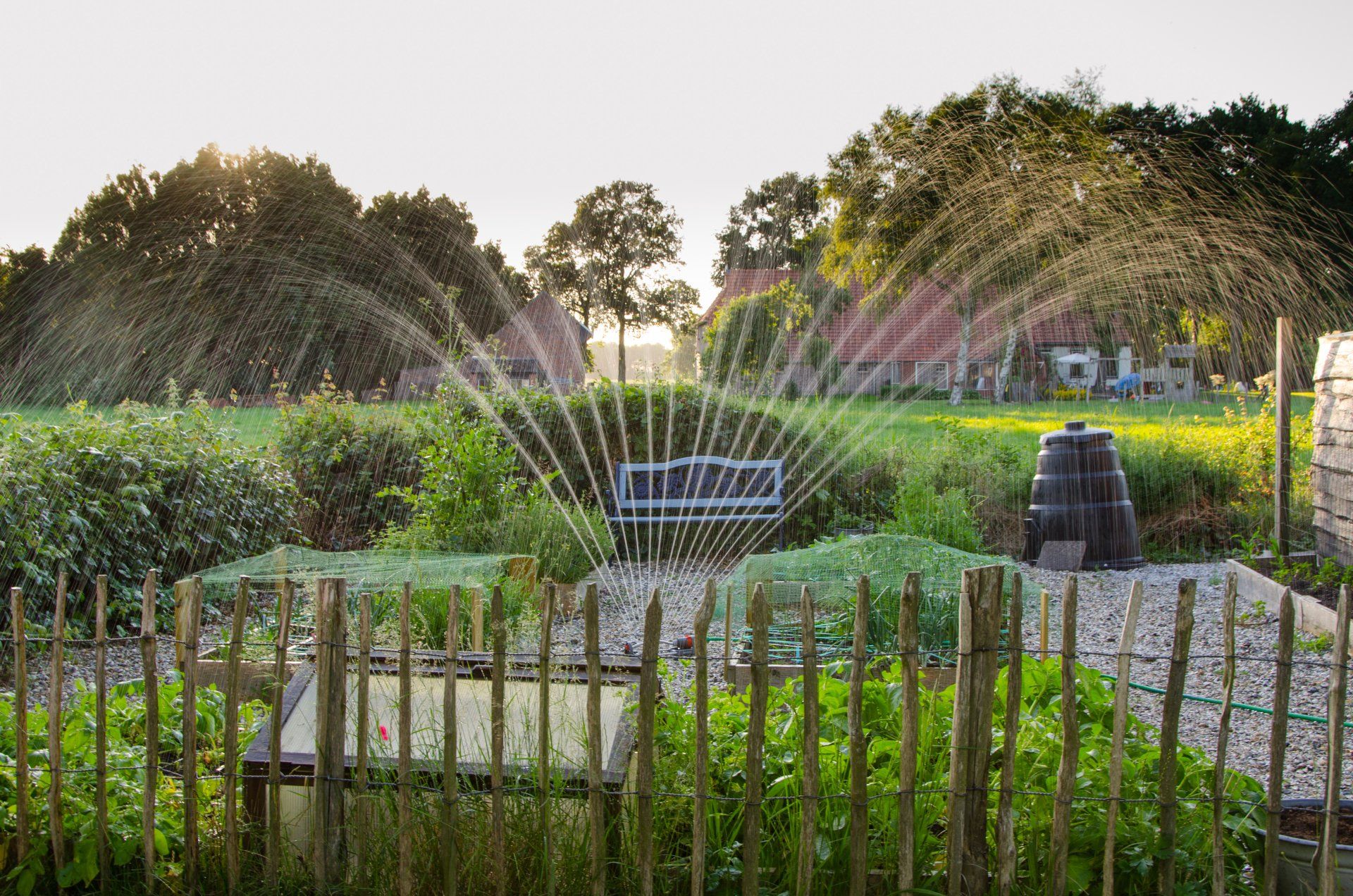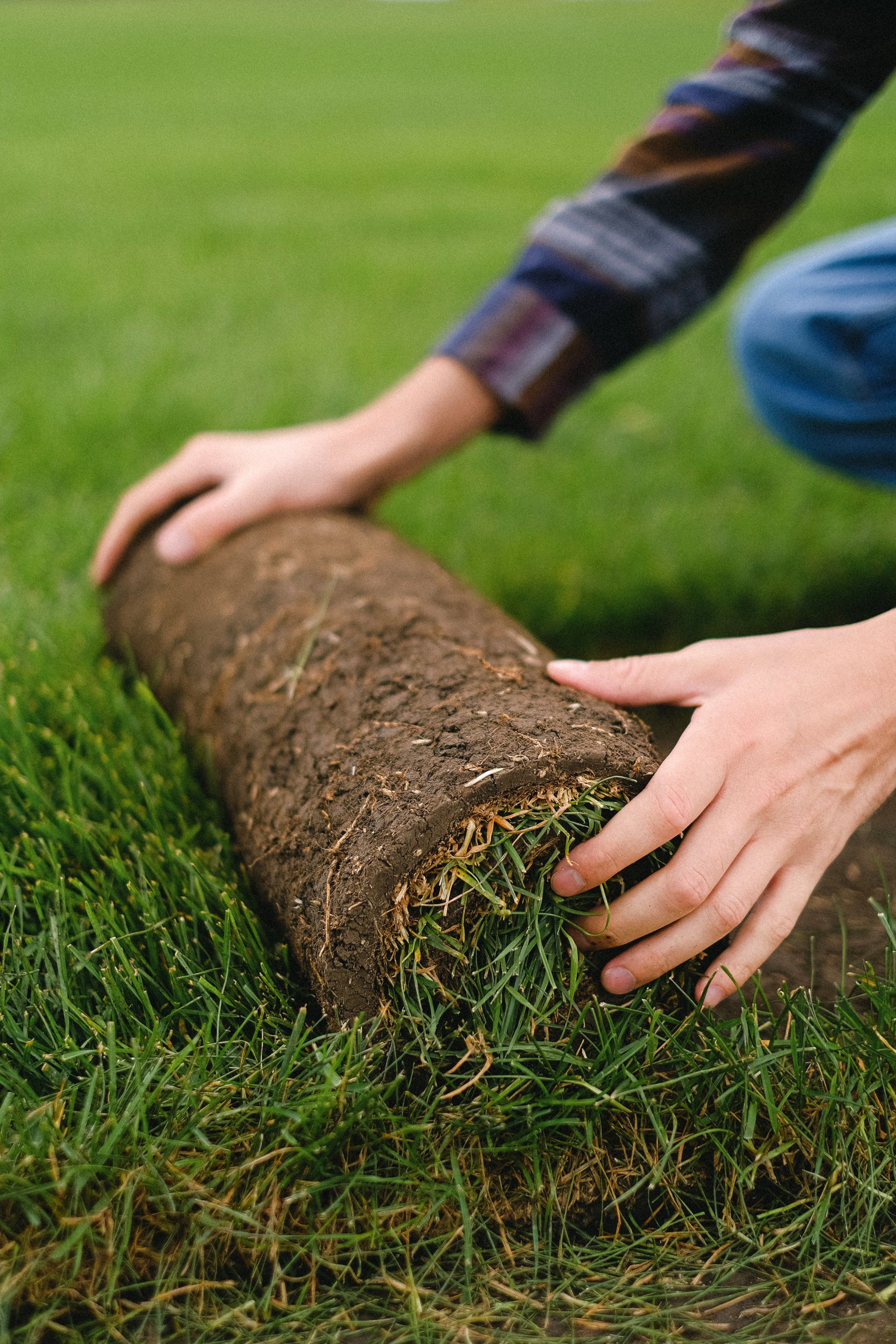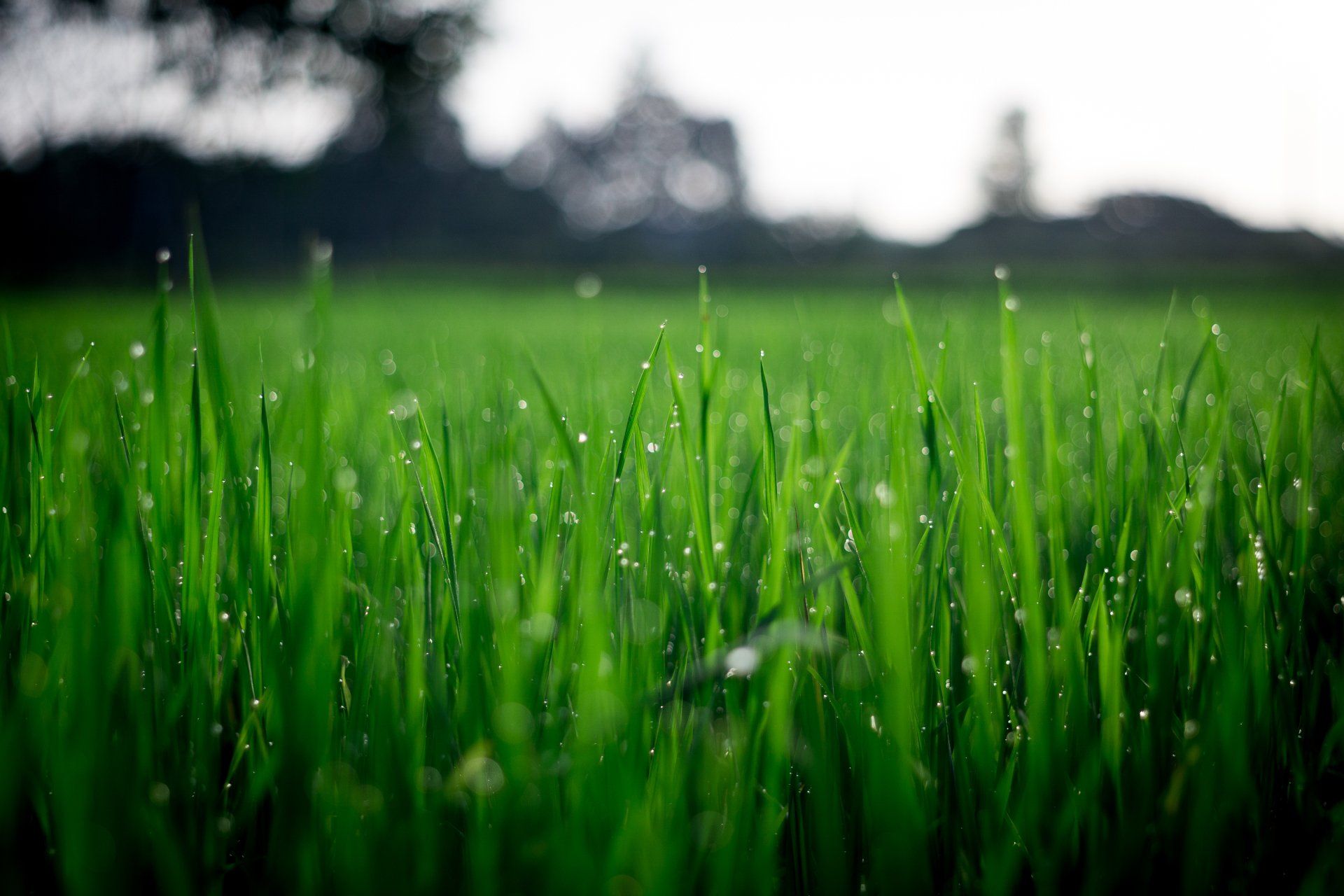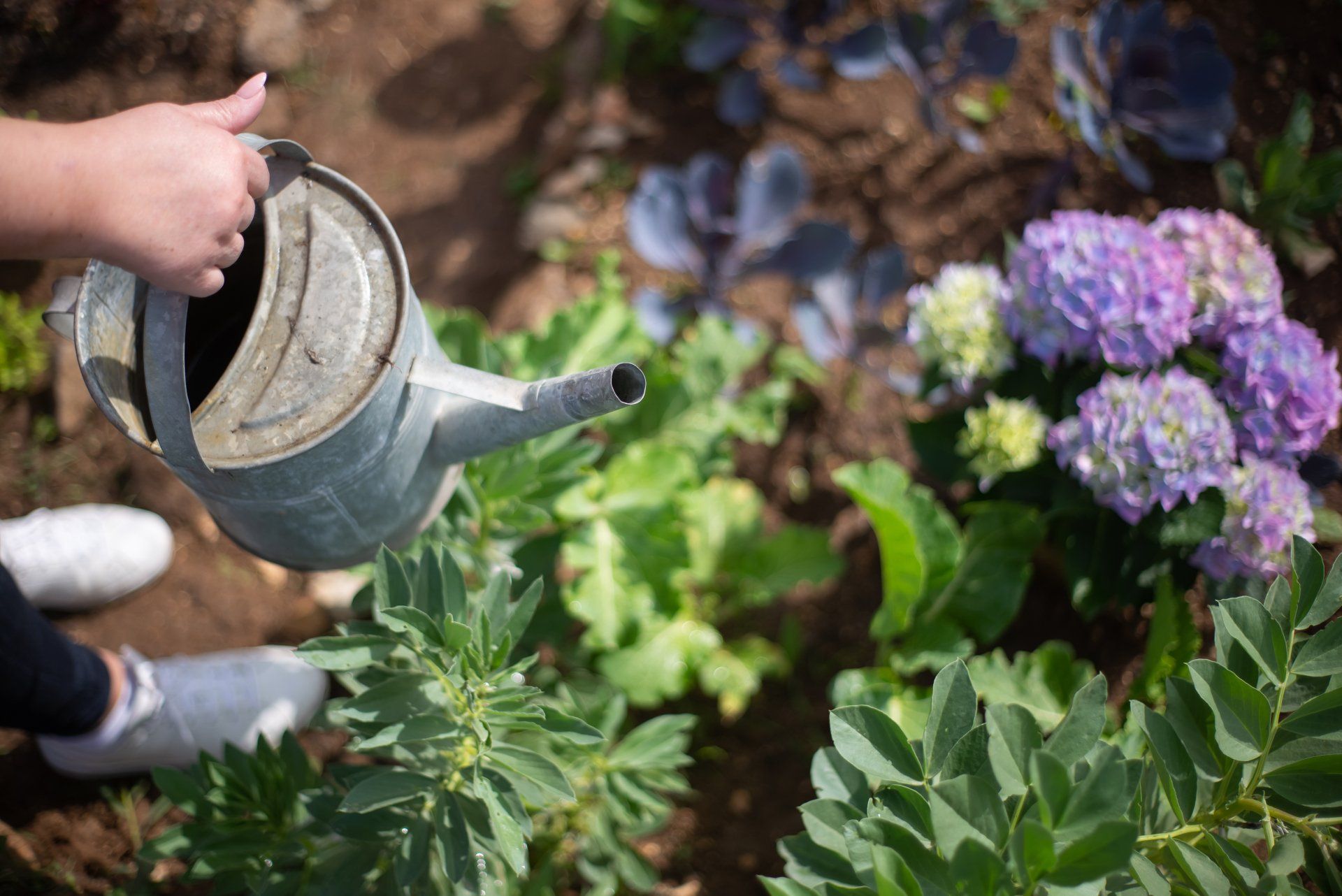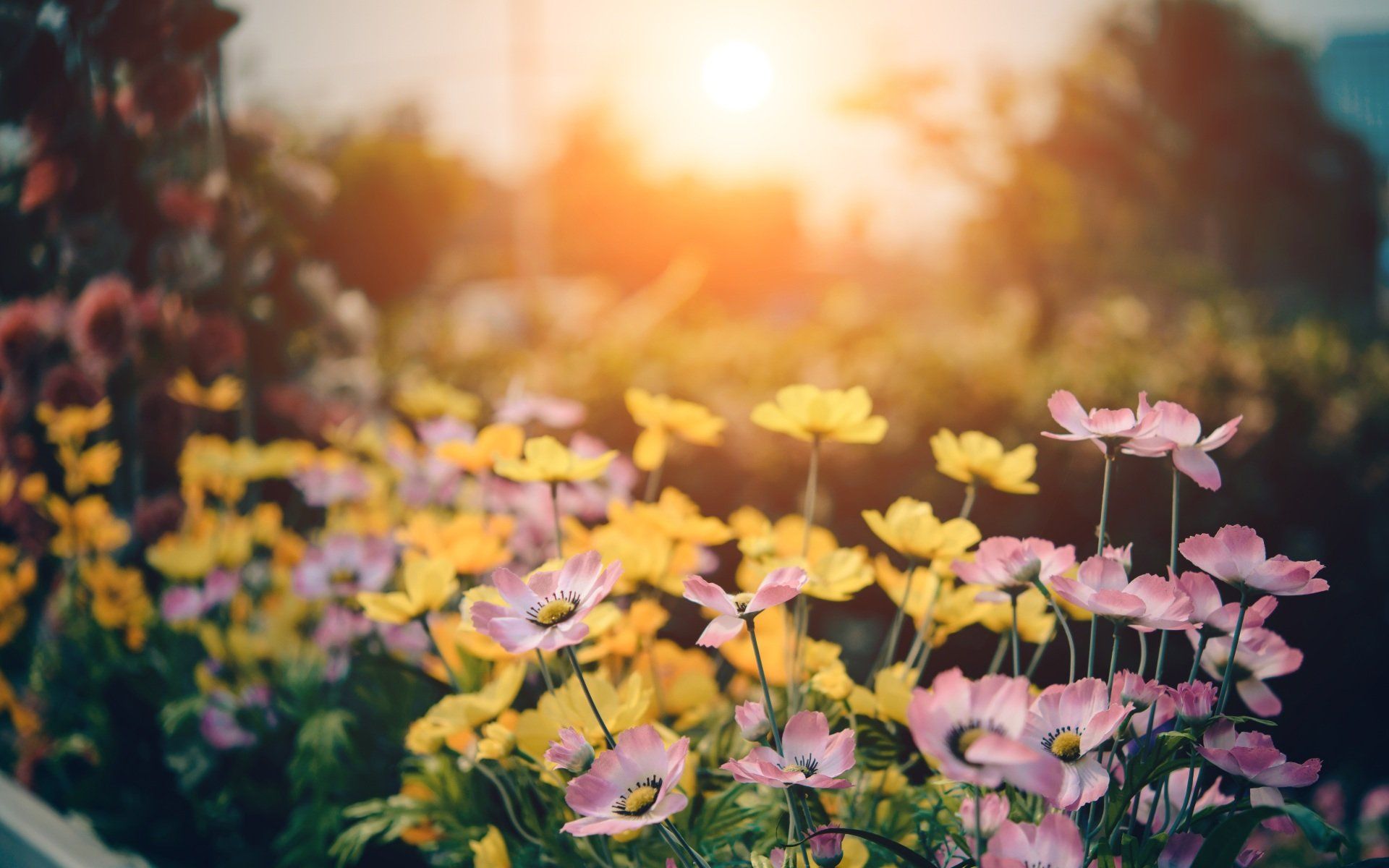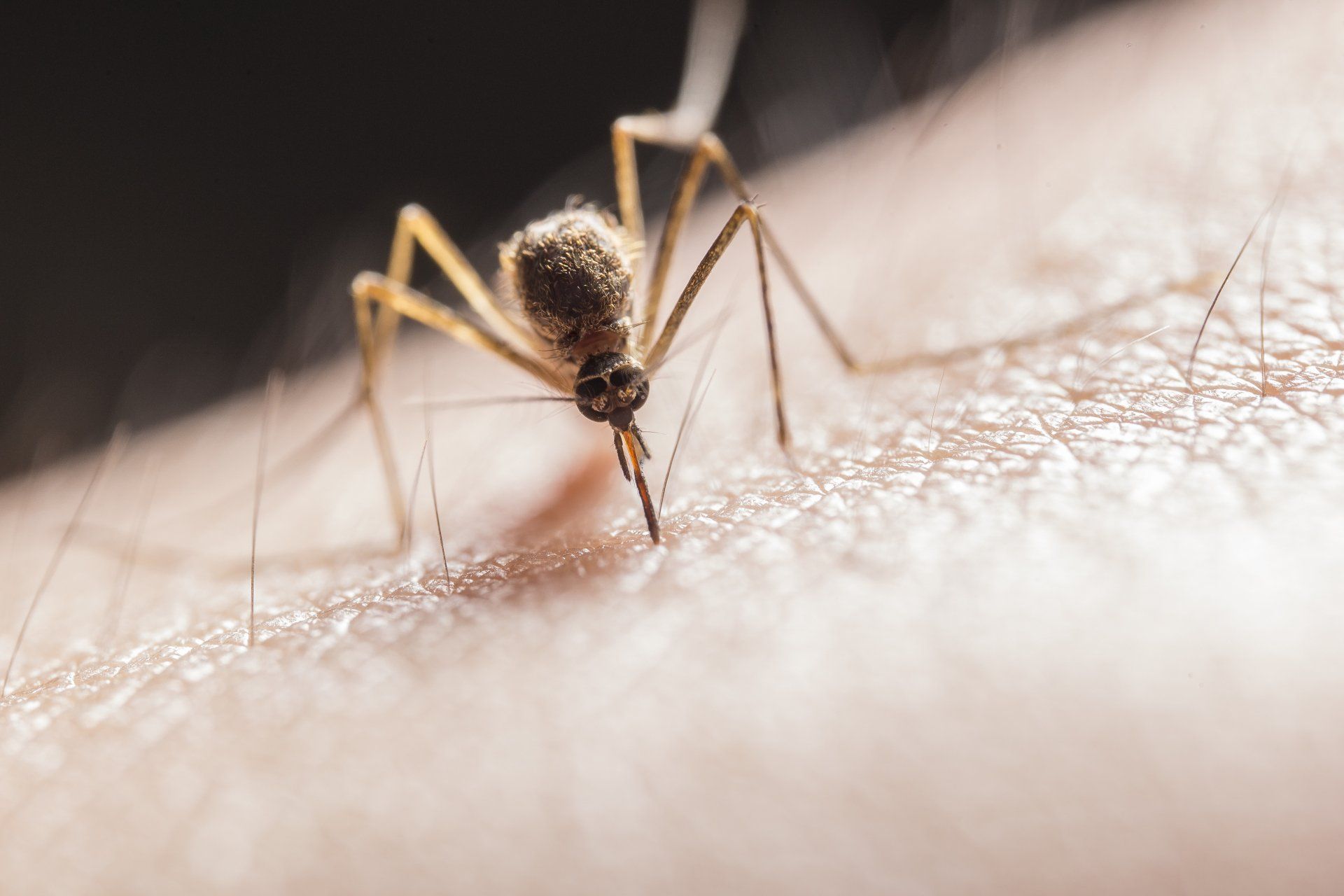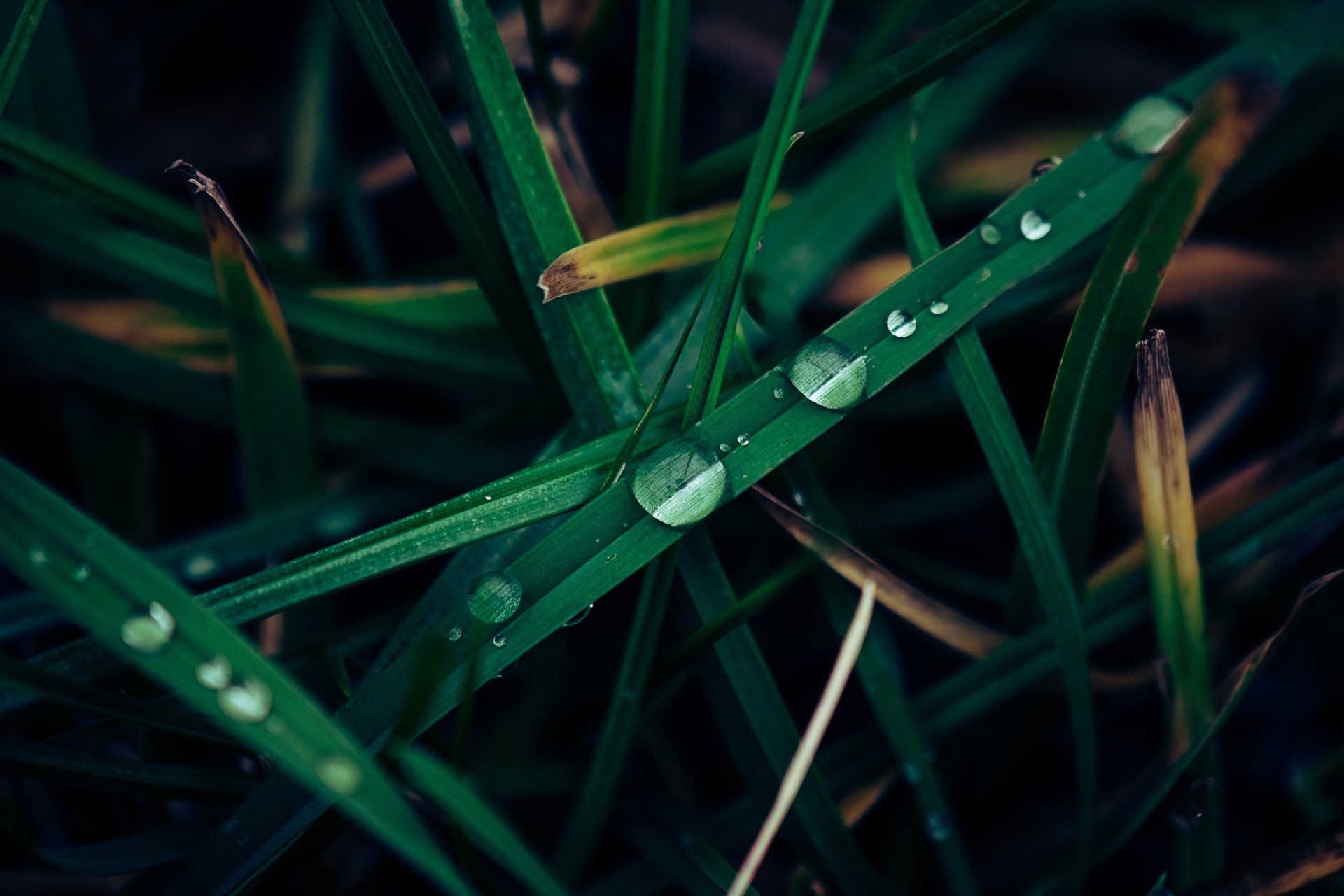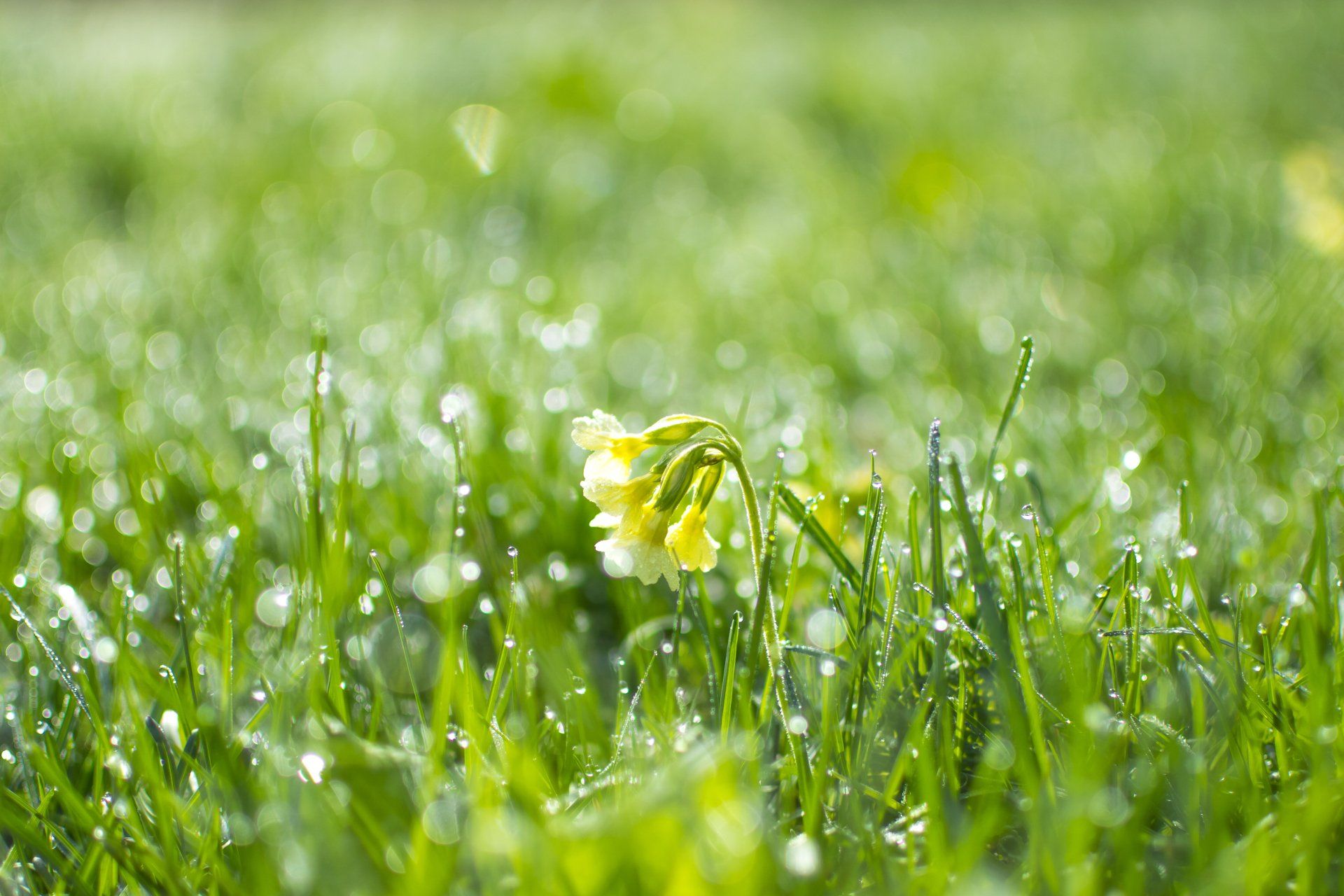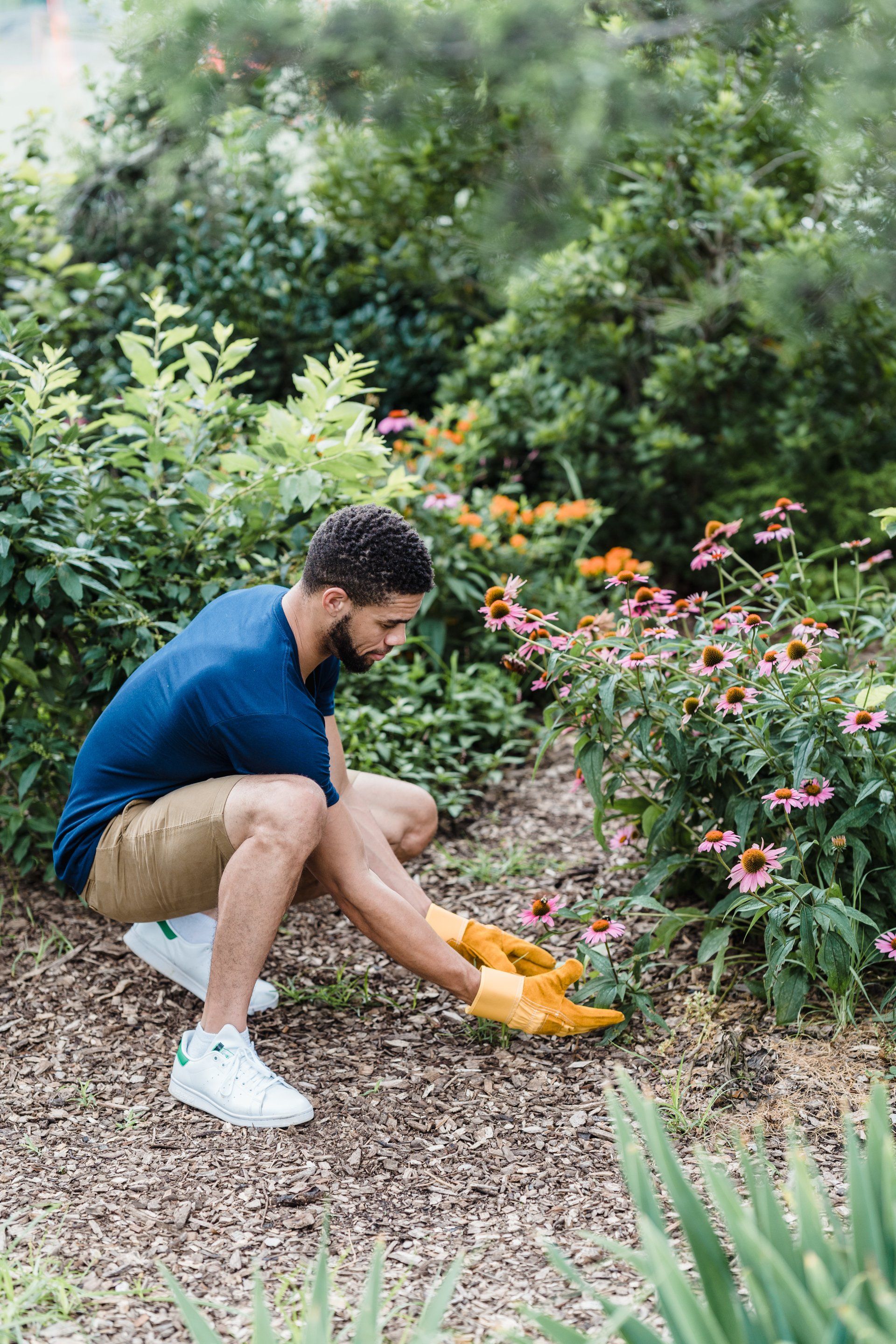How to Care for a Venus Fly Trap
How to Care for a Venus Fly Trap
The Venus Fly Trap is not the only carnivore plant, but it is perhaps the most popular. The plants are located in areas where soils have low or no nutritional value, and they must find food sources other than their main sources. If you're looking to find something visually intriguing and fun addition to your garden, a Venus Fly Trap may be exactly what you're looking for. We are happy to give you all the necessary information to maintain the longevity and health of your plant.
Venus Fly Trap Facts
- Dionaea Muscipula, Venus Fly Trap, can only be found in coastal areas of North as well as South Carolina.
- They can last up to at least 20 years more and are believed as a threat to disappearance due to the destruction of the natural habitat as well as overharvesting.
- Venus Fly Traps are perennial and will flower every year, releasing tiny white flowers that are decorated in green veins.
- When the leaves are dormant, they change to black, and the traps will drop off.
- Venus Fly Traps can digest human flesh.
- Each trap is only able to last for four to six meals before changing to a dark hue and disappearing.
Caring for Your Venus Fly Trap
Soil
If you decide to purchase specially-designed potting soil or build your own, your growing medium should be deficient in nutrients so that the plants are able to survive. The regular potting soil can ruin the roots, just like any fertilizer that is commercially available, and both must be avoided. A 50/50 mixture of perlite and peat moss will help in the aeration and retention of water, and it is recommended to buy the purified versions of peat moss since some of the branded products contain fertilizer.
Water
In the wild, it is known that the Venus Fly Trap grows in moist soil with no nutritional value. It is not able to respond very well to tap water which is a rich source of minerals, including chlorine, sodium, sulfur, magnesium, and others. Carnivorous plants should be fed with pure water like reverse osmosis, distilled, or rainwater.
They prefer soil that is damp but not too saturated. During the time of high growth, the plants must be observed to ensure that the soil doesn't dry completely while remaining damp.
In the winter months, from November through February, plants must be kept cool, and the soil should be allowed to become nearly dry prior to irrigation.
Light
During the times that they are dormant, the plants need to be exposed to a minimum of at least four hours of continuous sunlight and at least 12 hours of sunlight. A sunny, south-facing glass ledge would be the best spot; however, during times of dormancy, the window ledge is likely to be too hot. Transfer the plant to a cooler spot like an unheated greenhouse or next to windows in garages. Don't forget to water it.
Feeding
The Venus Fly Trap can distinguish between food items and non-food ones and won't waste effort of closing the trap on items that aren't thought to be prey. Each trap is equipped with six trigger hairs with three on each side, and two are required to be tickled before the plant will be activated.
Once the trap is shut, the trap is sealed tightly to keep the predator from leaving, and the process of digestion commences. Within 10 days, the process will be complete, and the trap will open again to eliminate the husk.
Many plants can live by themselves using common household insects. However, should you decide to feed it yourself, only use dead or live insects. Resist the urge to feed it raw meat that will end up killing the plant.
Ready to work with Landscaping LeafExperts Vancouver?
Let's connect! We’re here to help.
Send us a message and we’ll be in touch.
Or give us a call today at 604-409-5034
More Tips!
